Welcome to the new 2022 website for the
Santa Rita Experimental Range!
(SRER)
The SRER is part of the Arizona Experiment Station system
Explore and enjoy over 100 years of accomplishments and contributions
of the longest continuously operating research area in the United States!
Alerts!
In the event of an emergency please call 911.
For wildlife-related incidents please report to the Arizona Game and Fish Department, Region V @ 520-628-5376.
For all other SRER related activities please contact the SRER main headquarters @ 520-625-3243 or reach out to SRER Manager, Hector Elias at hectorej@arizona.edu.
News
Please mark your calendars and plan to attend the 20th Research Insights in Semiarid Ecosystems (RISE) Symposium this 09 November 2024 on the University of Arizona campus. We are in the process of inviting speakers and finalizing the program. Stay tuned for more details in the coming months, including a call for poster submissions and the student poster contest.
The Symposium features invited speakers and submitted posters describing recent and ongoing research on the Walnut Gulch Experimental Watershed, the Santa Rita Experimental Range, and other outdoor laboratories in the region. Questions and conversations among presenters and attendees are strongly supported.
To understand what to expect, visit https://cals.arizona.edu/srer/content/rise-symposia to learn more about the Symposium, including links to pdf files of the talks and posters presented each year.
Join us for this exciting lecture series highlighting ongoing SRER projects including virtual fencing, climate modeling, and over 120 years of ecological Additional research!
Visit Discovery Fridays for more information.
On the recent Dial-the-Dean, Dr. Burgess and his guest Brett Blum, director of the Southern Arizona Experiment Station, discussed the Santa Rita Experimental Range's 120-year legacy of research, the renewal of the headquarters lease in 2023, and new research uses.
If you weren’t able to join us for the January Dial-the-Dean program, please visit the link below for a recording: https://arizona.hosted.panopto.com/Panopto/Pages/Viewer.aspx?id=ed5b8f95-94b0-487c-b7d1-b0f9013ffae0
Virtual fencing (VF) is a hot topic in rangeland management. This emerging precision livestock management technology has the potential to revolutionize grazing systems by allowing dynamic control of livestock distribution and duration while also reducing the cost of wire fence replacement. But, like any new technology, it can be very complicated.
A free workshop was held at the Santa Rita Ranch on November 16 to better understand virtual fencing. Participants learned about VF components and the differences between vendors. Ranchers using VF at the landscape-scale shared their experiences and perspectives and the art and science of collaring livestock and placing base stations were discussed.
On Saturday 21 October 2023, sixty-four people attended the 19th Annual RISE (Research Insights in Semi-Arid Ecosystems) Symposium.
Program and links to the pdf version of the talks and posters presented are available at https://www.tucson.ars.ag.gov/rise/v2/index.html.
Read the full story at RISE Symposia.
Grassland Resilience Workshop Series on Brush Management and Soil Heath on Friday, October 20th, at the Santa Rita Experimental Range!
The workshop series was hosted by the Conservation and Resource Adaptation Toolbox (CART), the Gornish Lab, the UA Santa Rita Experimental Range, the Altar Valley Conservation Alliance, the Las Cienegas Watershed Partnership, USDA Agricultural Research Service, and the Pima County Natural Resource Conservation District.
Additional details on the SRER agenda can be found on the flyers below.
On Tuesday, March 21st, the University of Arizona and the Coronado National Forest Service signed a 60-year lease agreement on the 20-acre headquarters of the Santa Rita Experimental Range.
The story of the Santa Rita Experimental Range is inextricable from that of the Coronado National Forest, as well as the University of Arizona and its land-grant mission: university researchers have studied the ecology and management of semiarid grasslands on the now 53,000-acre site since its creation by President Theodore Roosevelt in 1902. The new lease agreement for the headquarters of the range expands the term to 60 years from the previous term of 20 years.
Learn more about this historic day on these press releases:
News_60yearslease_handshake.jpg
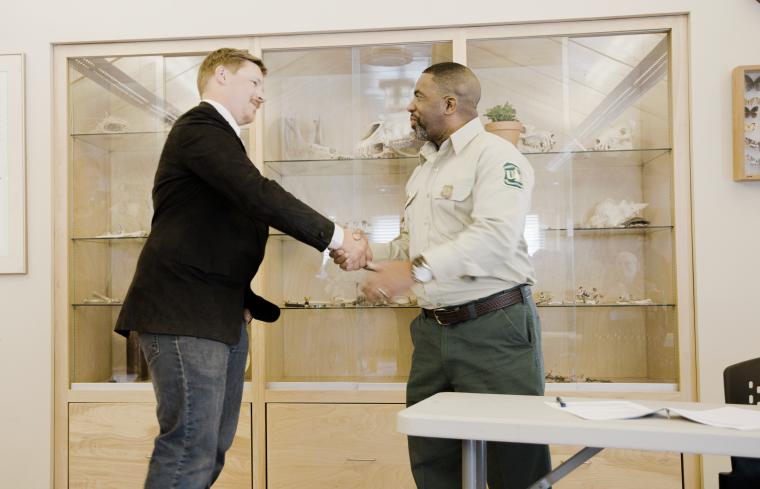
On February 6th, 2023, "in recognition of their continued collaboration with the University of Arizona implementing adaptive management of rangelands on the Santa Rita Experimental Range and for their contributions to the science of range management", Andrew and Micaela McGibbon (Santa Rita Ranch) were awarded the "2022 Range Manager of the Year" by the Arizona Section of the Society for Range Management during the annual conference at the Maricopa Agricultural Center.
See Past Events for more information.
Events_Santa Rita Ranch award.jpg
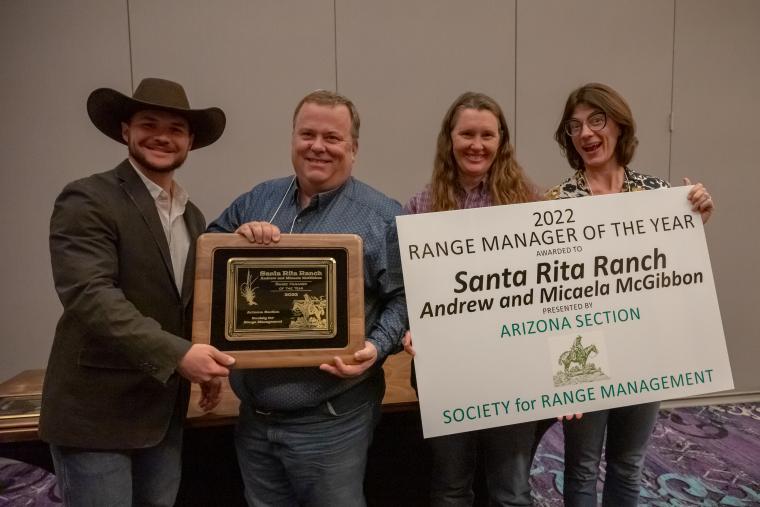
February 2023 marks the tenth anniversary of the Dryland-Detrital Input and Removal Treatments (D-DIRT) experiment at the SRER. The DIRT network (https://dirtnet.wordpress.com/ ) explores how changing inputs of plant litter affects the storage and stability of carbon in soils. This network has ~10 long-term sites in mesic forests throughout the world. Arizona State University professor Heather Throop established SRER as the first Dryland-DIRT site to explore how soil organic matter processes are affected by litter inputs and drylands. Throop and collaborators maintain plots annually, but soil organic matter formation and stabilization is a long-term process and they anticipate tracking changes over decades. They collected their first comprehensive soil sampling in February 2023 and are looking forward to sharing results at a future RISE Symposium!
For more information about the D-DIRT experiment at the SRER, visit also Examples of Current Research Projects and Additional Research Datasets.
Research_Throop_news.jpg
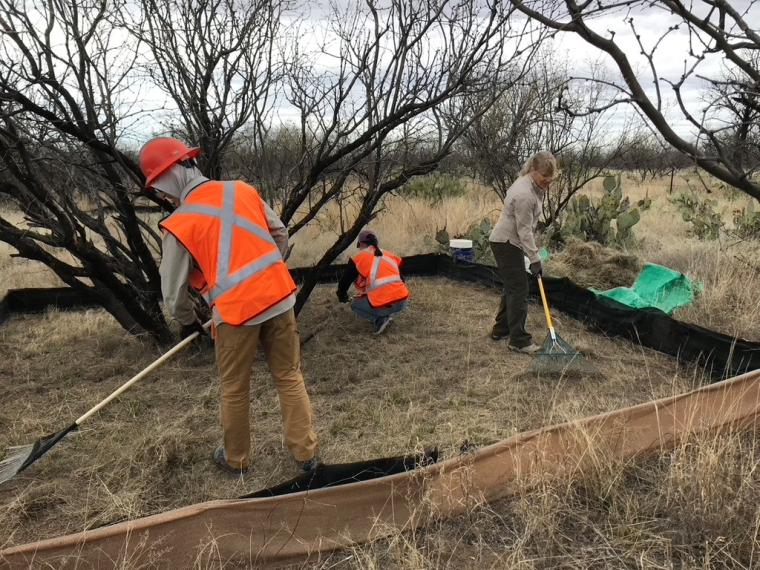
Visiting the SRER and Using Facilities
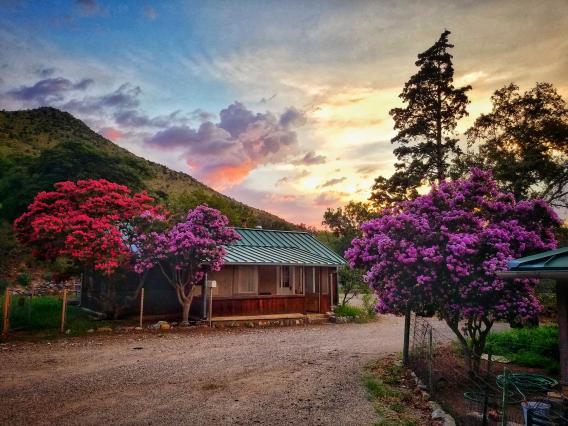
The Santa Rita Experimental Range is a field station uniquely positioned to support research, education, and outreach in the Southwest and offers unique opportunities for recreation. Visiting the SRER and Using Facilities provide all the information necessary for researchers and visitors to plan a visit.
SRER Rules and Regulations and Safety
Are you planning to visit the SRER?
Take a minute and have a look at the SRER Rules of behavior and Safety tips to ensure you a pleasant time at the range and help us keep it clean and safe.
2023 RISE Symposium
The 19th annual Research Insights in Semiarid Ecosystems (RISE) Symposium was held on Saturday, 21 October 2023, on the University of Arizona campus.
Read the full story at RISE Symposia and visit the RISE website to access the PDF version of the talks and posters.
Long-term Vegetation Transects
The Long term Vegetation Transects database provides access to long-term (from 10 to more than 70 years) records of vegetation measurements completed at 1 to 7-year intervals on over 200 permanent transects on the SRER.
Repeat Photography
The Repeat Photography database provides access to the archive of photographs taken repeatedly over the years from the same 115 sites across the SRER. The earliest images were taken in 1902.
Grazing Management Plan
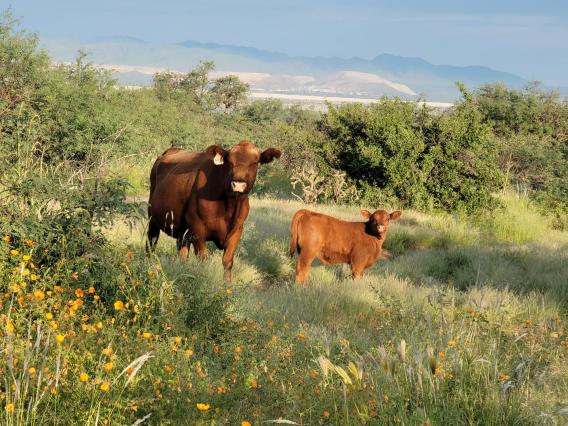
The current Livestock Grazing Management Plan on the Santa Rita Experimental Range from 01 November 2023 to 31 October 2024 is online!
All the previous grazing plans as well as all the information about the Livestock Grazing History on the SRER are available at Livestock Use.
Water and Carbon Exchange

Access the USDA-ARS Ecosystem-Atmosphere Water and Carbon Exchange database and graphs to know more about the exchanges of water vapor and carbon dioxide between the land and the atmosphere on the SRER.
National Ecological Observatory Network
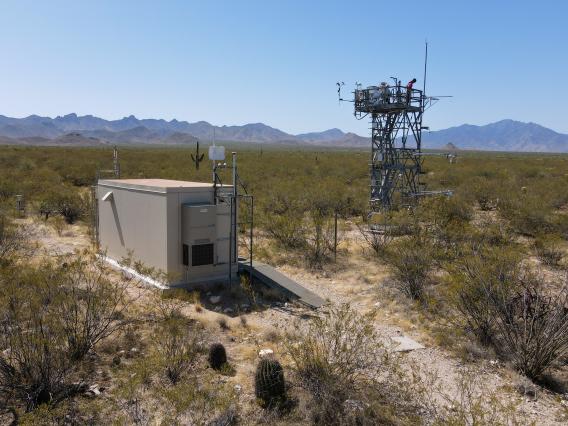
Learn more about the National Ecological Observatory Network (NEON) at the SRER and how to access NEON open data.
Centennial Conference 2003
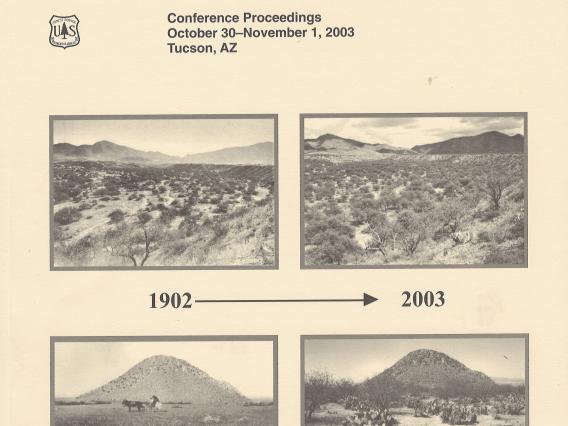
The Proceedings from the Centennial Conference 2003 provide a complete overview of more than one century of publications about the SRER.
"The vast opportunities for future research at the Santa Rita Experimental Range
are built on the rich legacy of a century of observation and research.
In addition to opportunities, there are obligations to maintain and add to this legacy.
Therefore, our future efforts should ensure a second century of research on the Santa Rita"
(McClaran 2003)
We respectfully acknowledge the University of Arizona is on the land and territories of Indigenous peoples.
Today, Arizona is home to 22 federally recognized tribes, with Tucson being home to the O’odham and the Yaqui. Committed to diversity and inclusion, the University strives to build sustainable relationships
with sovereign Native Nations and Indigenous communities
through education offerings, partnerships, and community service.

